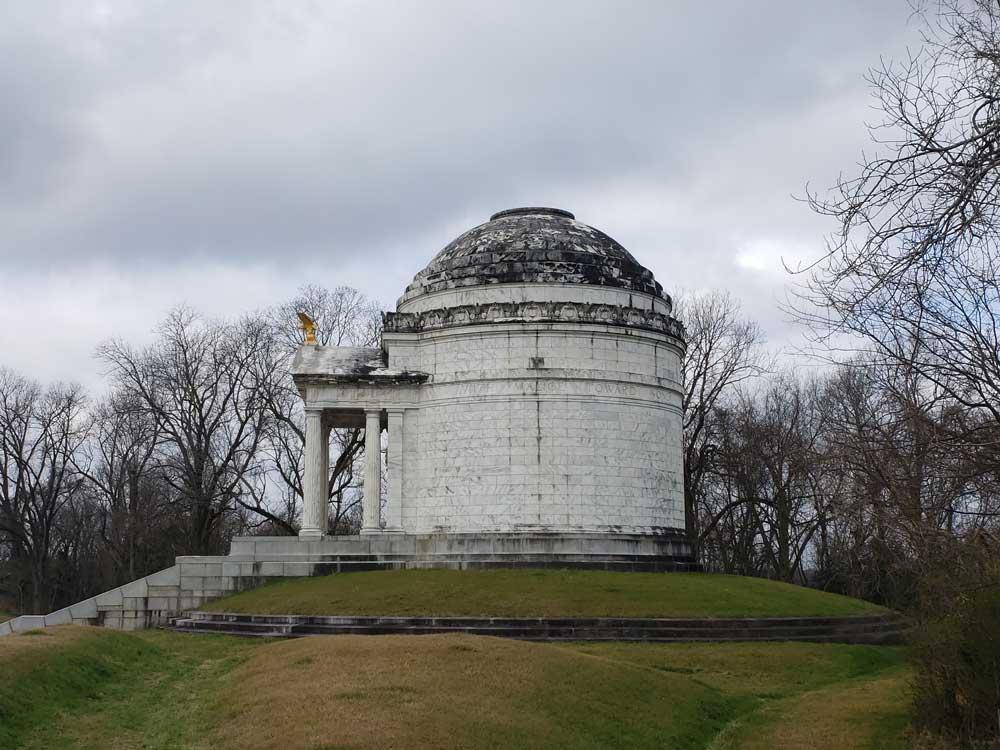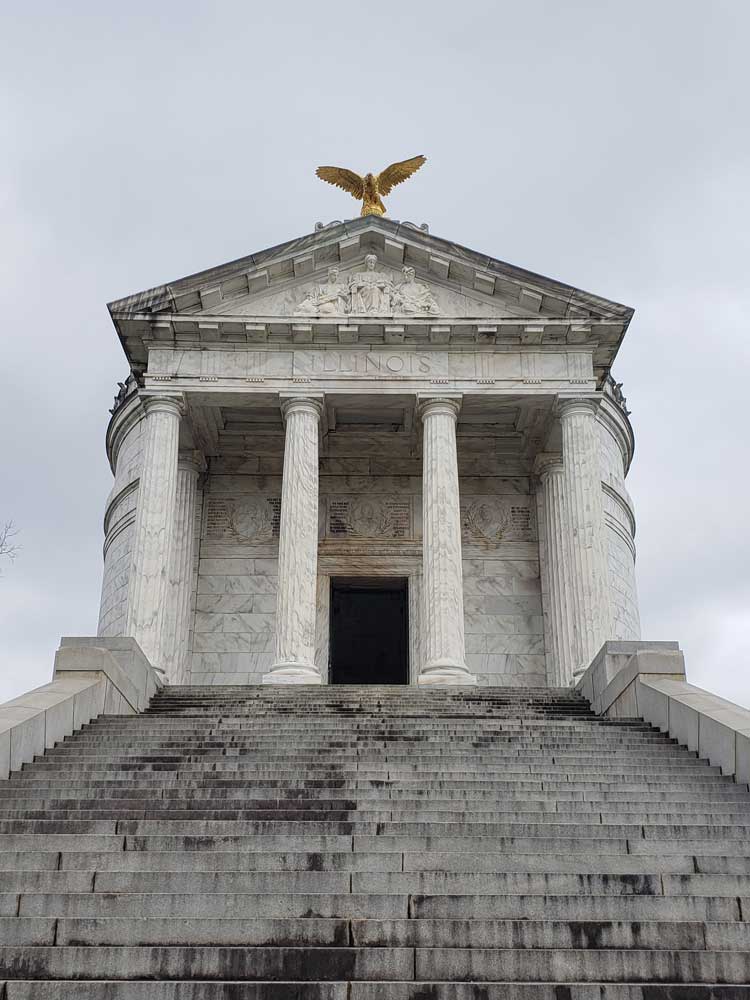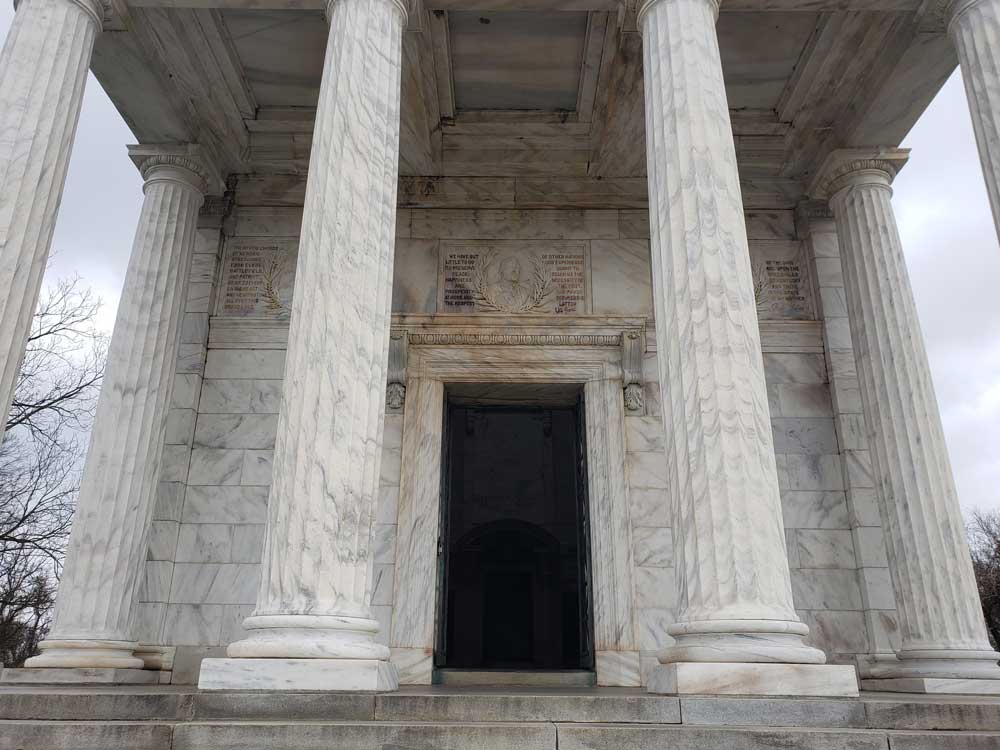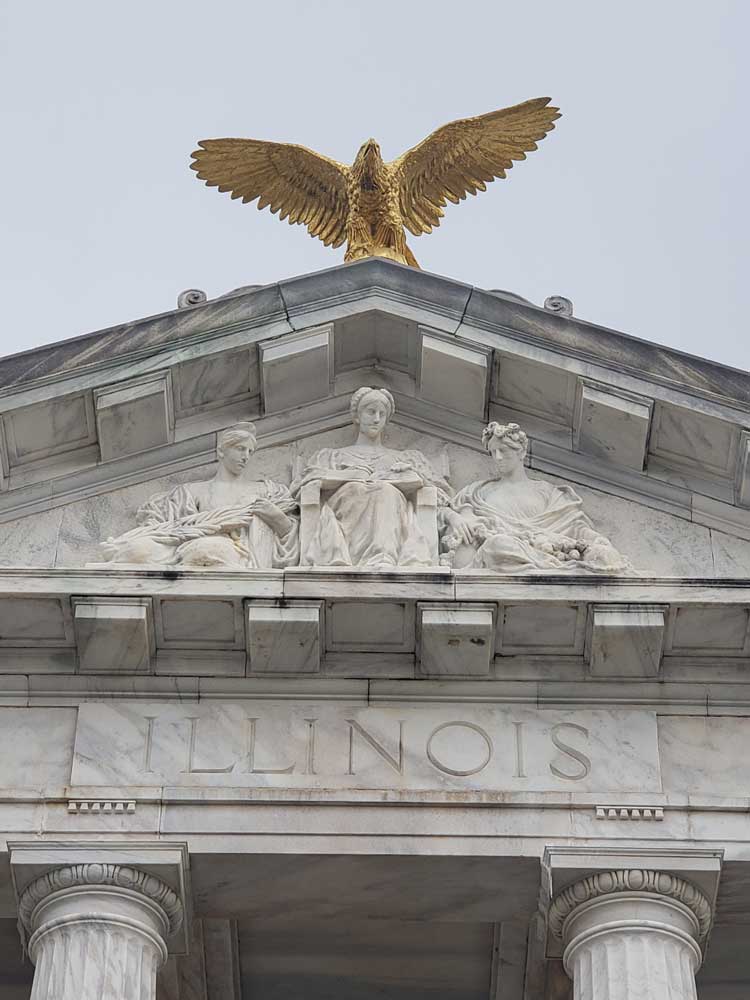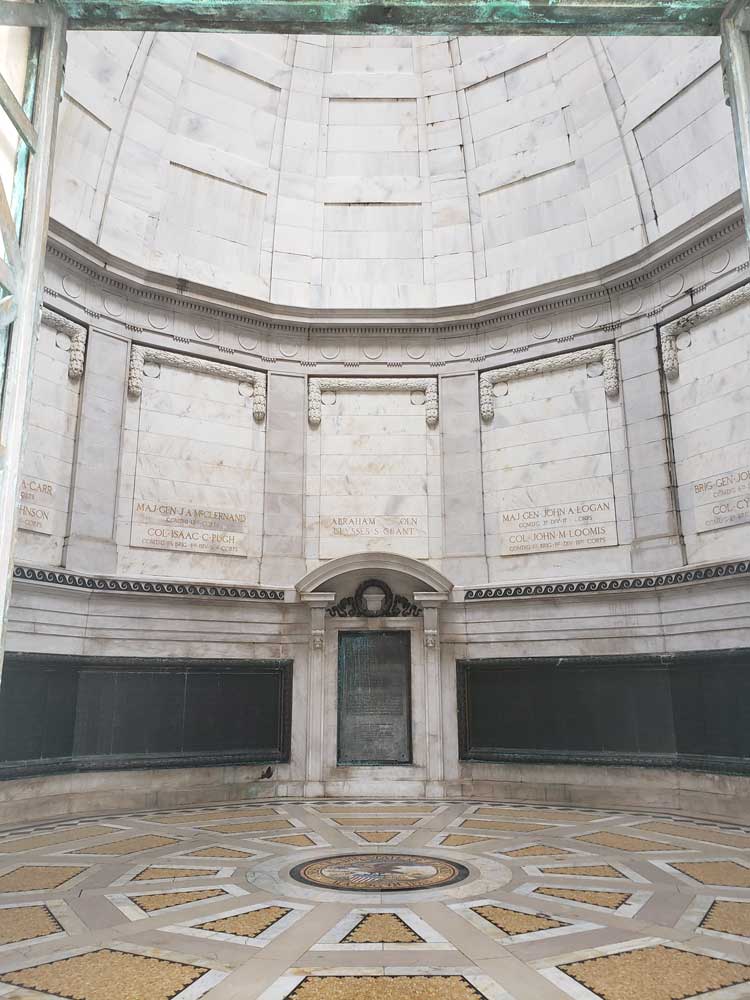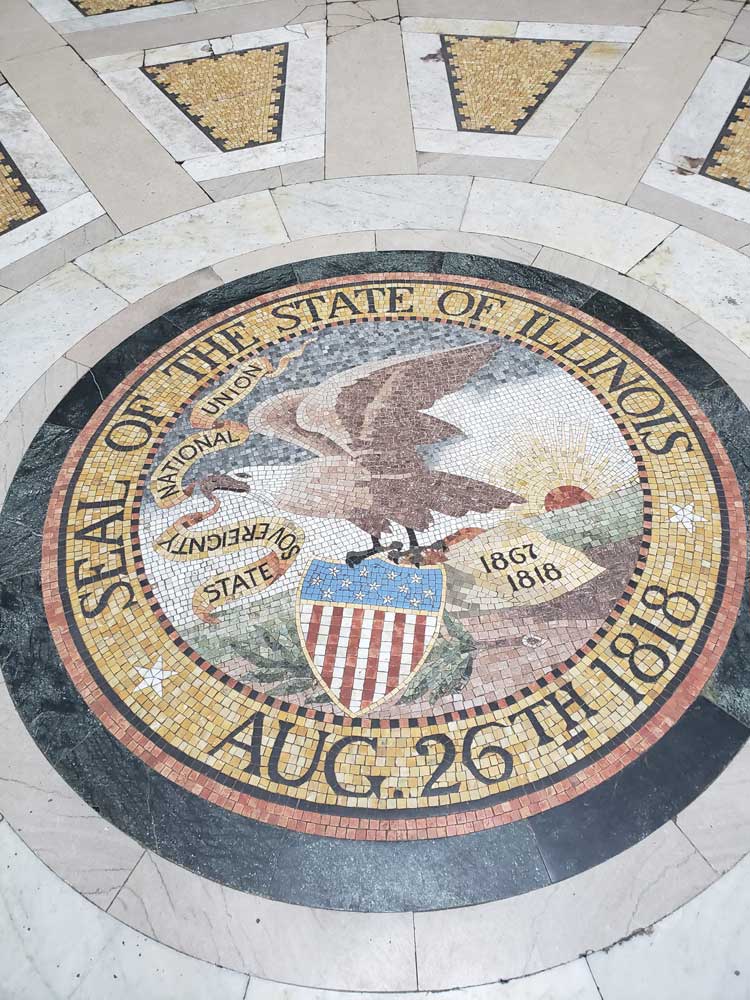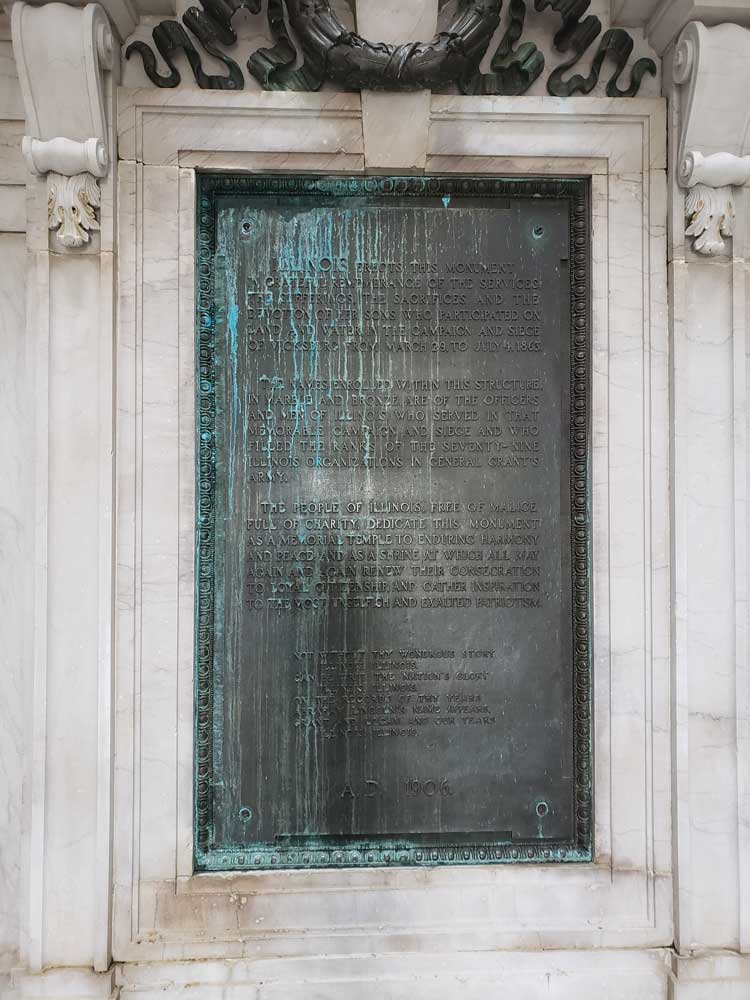Public memorial located at Vicksburg National Military Park, honoring the Union Army soldiers from Illinois who fought in the siege of Vicksburg during the Vicksburg campaign of the American Civil War
General Information
Overview
The Illinois Memorial (also known as the Illinois State Memorial and the Illinois Monument) is a public memorial located at Vicksburg National Military Park in Vicksburg, Mississippi. Dedicated in 1906, it honors the Union Army soldiers from Illinois who fought in the siege of Vicksburg during the Vicksburg campaign of the American Civil War. It was designed by architect William Le Baron Jenney and sculptor Charles Mulligan.
In 1904, the government of Illinois appropriated over $190,000 (20% of their budget for that year) for the erection of a monument on the battlefield, now known as the Vicksburg National Military Park. The monument was designed by architect William Le Baron Jenney and sculptor Charles Mulligan. Jenney had previously served in the Union Army during the war and was later honored with a monument on the battlefield that was unveiled in 1911. The construction was carried out by the Culver Construction Company, with William B. Mundie serving as the general contractor. An additional sculpture in the memorial was designed by Frederick Hibbard, who would later design an equestrian statue of Grant in the park. Construction began in mid-1906 and was completed by October of that year. The total cost for the memorial, paid for by the state of Illinois, was $194,423.92.
Dedication and later history
The memorial was dedicated on October 26, 1906, in a ceremony attended by several thousand spectators, with many Illinois veterans travelling to the site via the Illinois Central Railroad. A large parade through the park was held as part of the event. A band performed several musical numbers, including "Tenting on the Old Camp Ground", "Dixie", "America", and "The Star-Spangled Banner". Illinois Governor Charles S. Deneen transferred ownership of the memorial to the U.S. government, and it was accepted by J. S. Schofield of the U.S. Department of War.
The memorial's design was based on that of the Roman Pantheon. The base and stairway is made of granite quarried from Stone Mountain in Georgia, while the remainder of the 62-foot (19 m) structure is made of Georgia marble. It is the largest memorial on the battlefield. According to the National Park Service, "[n]o device indicative of war" is featured in the memorial, which was specified by the commission that oversaw its creation. Sixty bronze tablets line the interior of the memorial and bear the names of all 36,325 Illinois soldiers who participated in the campaign. A bronze statue of a bald eagle, sculpted by Hibbard, sits atop the memorial. It was gilded in the 1990s, along with lettering and other details on the interior. The stairway consists of 47 steps, one for each day of the siege. It is located near the Shirley House on the battlefield, along Jackson Road.
This article uses material from the Wikipedia article "Illinois Memorial", which is released under the Creative Commons Attribution-Share-Alike License 3.0
